How To Make Compost In Winter Time
What can be composted?
- Leaves
- Grass clippings
- Brush trimmings
- Manure (preferably organic)
- Any non-animal food scraps: fruits, vegetables, peelings, bread, cereal, coffee grounds and filters, tea leaves and tea bags (preferably minus the staples)
- Old wine
- Pet bedding from herbivores ONLY — rabbits, hamsters, etc.
- Dry cat or dog food
- Dust from sweeping and vacuuming
- Dryer lint
- Old herbs and spices
Today, we’re talking dry leaves. Ready? Let’s!
A gardening enthusiast, whether it be for commercial or personal use, often incorporates compost in hopes for the best results possible for their crops. Compost is created through a natural process when recycling organic material turns into a rich supplement for the soil. It’s so good for gardening that it’s been nicknamed by some as “black gold”.
However, compost can be rather costly to purchase, averaging in most areas about $25 to $35 per cubic foot. And, if you have a large garden area, that can add up very quickly.
So, many people turn to making their own compost. In fact, there are several tools available to help make your own. But, what if you want a lot of it for spring planting, and you are entering the cold winter months?
Fortunately, you can make compost even in the winter…and lots of it. And, it’s easy and it only requires 2 ingredients! One is fallen leaves, which are abundant heading into winter. If you don’t have your own, a trip down the road you might spot several brown bags stuffed with leaves, just waiting to be picked up. If you ask, they probably won’t mind if you pick them up, rather than the garbage truck.
The other ingredient is used coffee grounds.
Composting Leaves with Coffee Grounds
You should first determine how many leaves and coffee grounds you will need. So, plan out what you will be planting in the spring to gauge how big of an area you will need. I will be doing a very small area for the purpose of demonstration in this article. But, even for a relatively small garden, start collecting leaves ahead of time.
Now, on to the coffee grounds. I doubt too many of you drink enough coffee to gather up the amount of coffee grounds you will need for this project…unless you start collecting months prior to composting.
I called our local Starbucks to see if they would collect a couple days worth of used coffee grounds for me. I fully expected them to be confused. But apparently, they save used coffee grounds for gardeners. If your local Starbucks does not save these, call another one nearby, or any coffee house. You can stop in there a few times a week to collect their grounds, if you are hoping for a large garden. So, not only is this composting easy, but it’s free!
The Basics of the Composting
Composting takes a little bit of “brown” and a little bit of “green” to create a rich supplement for gardening. Dried, or fallen leaves fall into the “brown” category, while the coffee grounds play the role of “green”. Yes, even though coffee grounds are actually brown, and leaves are often green.
The “brown” in composting is producing carbon, and the “green” brings the nitrogen. And, both are necessary components for the compost to thrive. Organic matter will eventually compost down without help in time…lots of time. However, not everyone wants to wait that long.
The Process of Composting with Leaves and Coffee Grounds
It’s a very simple process. The hardest part just might be deciding where you want to put it. But, a good option would be right where you plan on planting in the spring. The leaves and coffee ratio is 4 to 1 parts. So, if you have a lot of material, use a shovel to make it easy.
Make a layer (remember 4:1 ratio) of leaves on the ground, or in a shallow and long bin or a raised garden bed. Sprinkle, or use a shovel to make a layer of used coffee grounds over the leaves. Lightly sprinkle the pile with water, unless you are starting with a wet pile. Repeat each step until you run out of material, or think you have enough. Make sure that each layer is damp as you go. Just remember, as it goes through the process, the pile will appear to shrink. Once you have your pile all set, turn the pile every few days. Check to make sure it looks and smells fine, and isn’t drying out too much. If it is, dampen it again. You could also start with mulched leaves, which will significantly speed up the composting process. However, if you are going to use mulched leaves, change the ratio from 4:1 part, to 1:1 part.
Extra Tips in Composting
There are other “browns” you could use in place of or in addition to leaves, such as:
- Shredded paper/cardboard
- Hay
- Mulch
- Wood chips
And other “greens” that could be used in place or in addition to used coffee grounds include:
- Vegetable
- Vegetable or fruit peels and skins
- Used coffee filters
- Manure
- Tea bags
- Grass clippings
However, using any of the following is NOT recommended:
- Pet fecal matter or waste
- Meats or bones
- Fats or oils
- Dairy
- Diseased plants
- Anything with pesticides
Pay attention to the smell of the pile. It should have an earthy aroma. If it starts smelling bad, add more nitrogen, or “green”. Also, pay attention to the texture. If it’s slimy, add more carbon, or “brown”. Don’t confuse slimy with dampness. You want it to be damp, just not slimy.
Winter Composting
Even though the process will slow down in really cold regions, that’s OK. You should continue to add some “brown” and “green” to the pile every occasionally throughout the winter, even if it freezes. It will thaw eventually, and the thawing and freezing ebb and flow will contribute to the compost breaking down faster come springtime.
In the spring, throw some hay over the pile to help protect it until you are ready to use it, because it will let off an aroma when thawing, attracting critters.
Use it within the soil when you plant your spring crop.
Other self-sufficiency and preparedness solutions recommended for you:
The vital self-sufficiency lessons our great grand-fathers left us
Knowledge to survive any medical crisis situation
Liberal’s hidden agenda: more than just your guns
Build yourself the only unlimited water source you’ll ever need
4 Important Forgotten Skills used by our Ancestors that can help you in any crisis
Secure your privacy in just 10 simple steps
What can be composted? Leaves Grass clippings Brush trimmings Manure (preferably organic) Any non-animal food scraps: fruits, vegetables, peelings, bread, cereal, coffee grounds and filters, tea leaves and tea bags


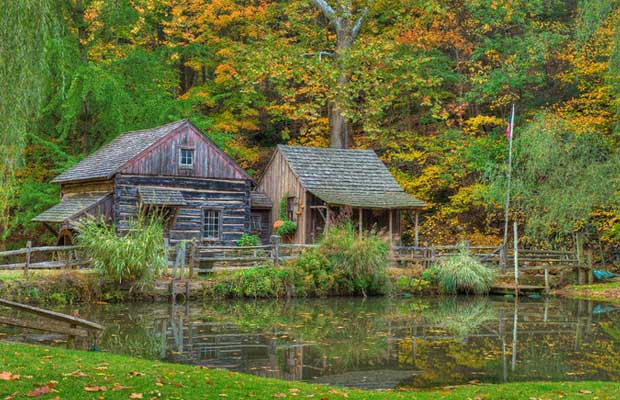




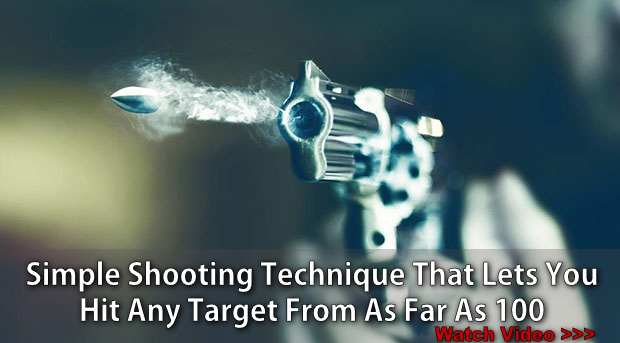



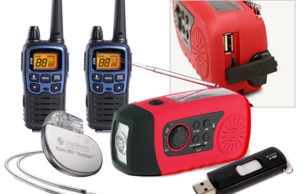
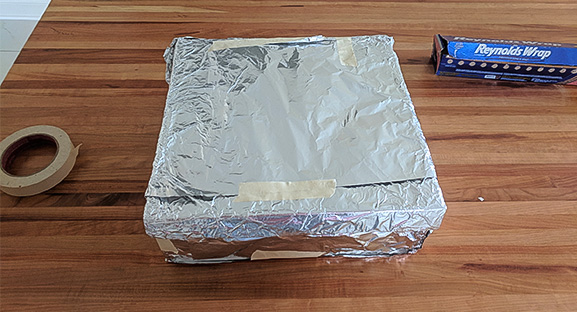 Pro-tip: aluminum foil is your friend. Get the heavy-duty foil. You can use foil to make any container – like a shoe box – into a Faraday cage. You can even wrap a few layers of foil directly around a device for a quick, impromptu shield (be sure to insulate the device first, and be careful to tightly seal with no gaps). They even make aluminum foil tape that can be useful in sealing up a cage made from an ammo or garbage can.
Pro-tip: aluminum foil is your friend. Get the heavy-duty foil. You can use foil to make any container – like a shoe box – into a Faraday cage. You can even wrap a few layers of foil directly around a device for a quick, impromptu shield (be sure to insulate the device first, and be careful to tightly seal with no gaps). They even make aluminum foil tape that can be useful in sealing up a cage made from an ammo or garbage can.
 While we’ve been busy testing our Faraday cages for this article, the federal government has been doing some more EMP testing itself.
While we’ve been busy testing our Faraday cages for this article, the federal government has been doing some more EMP testing itself.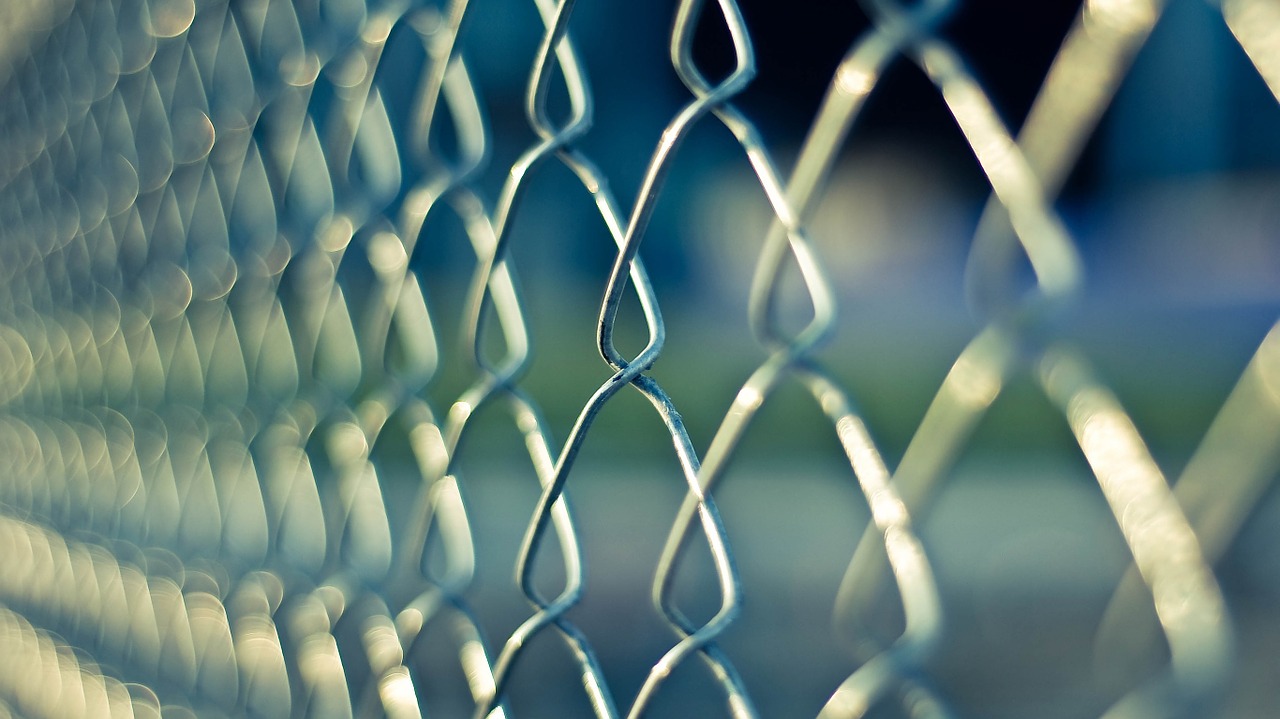

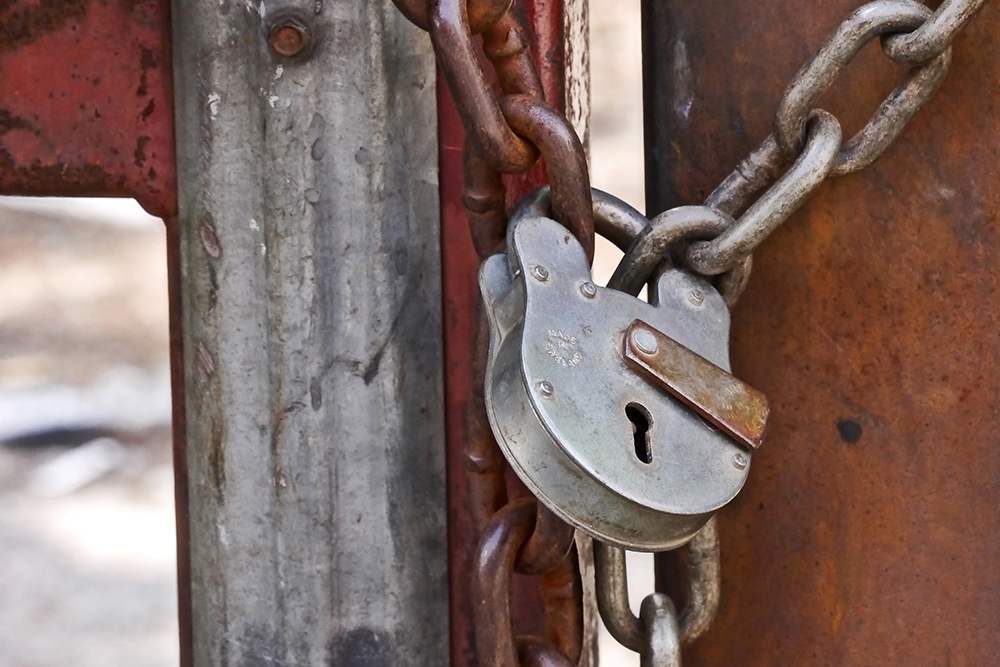
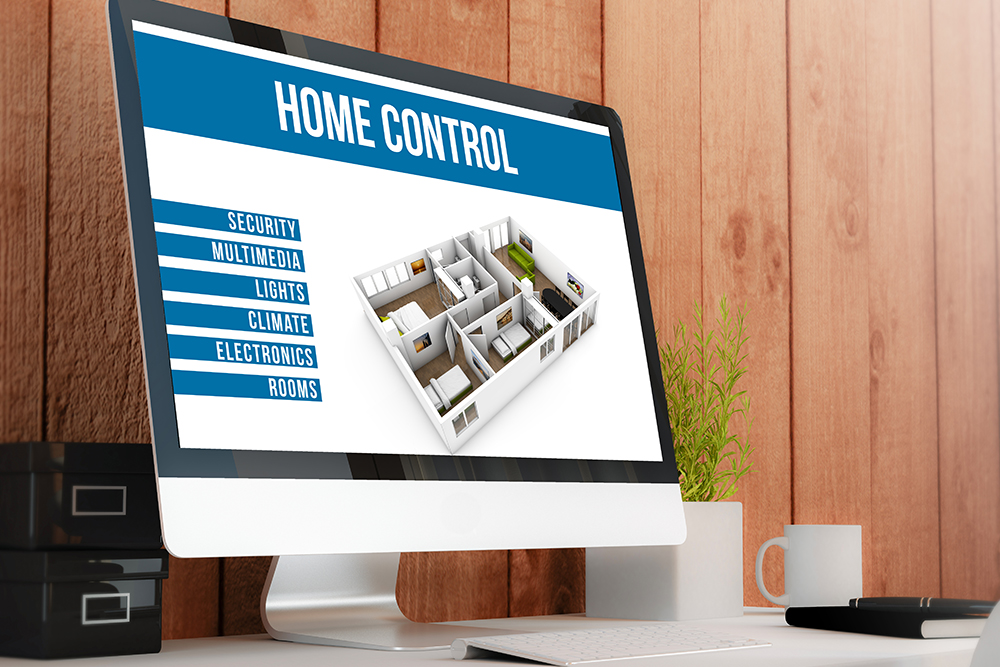

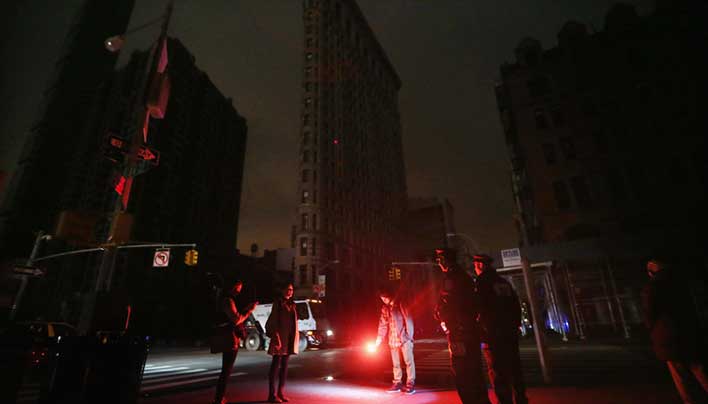

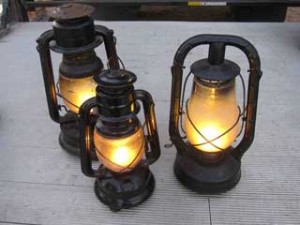

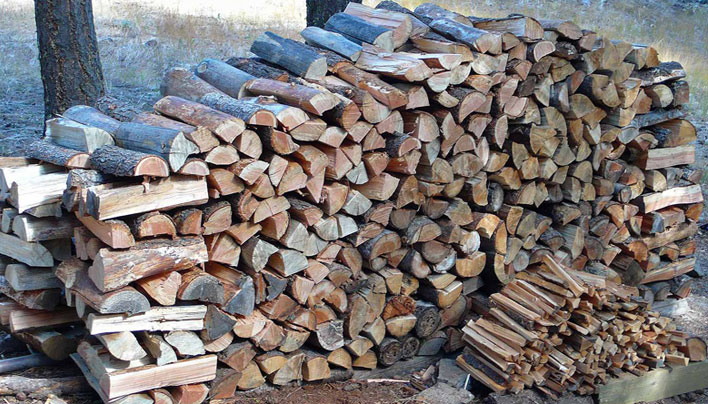
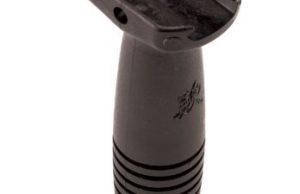


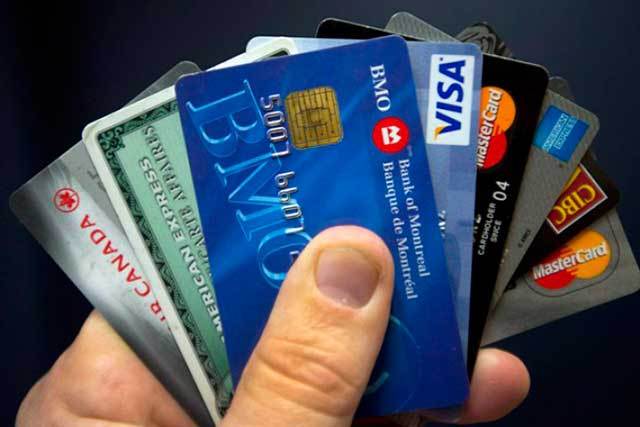


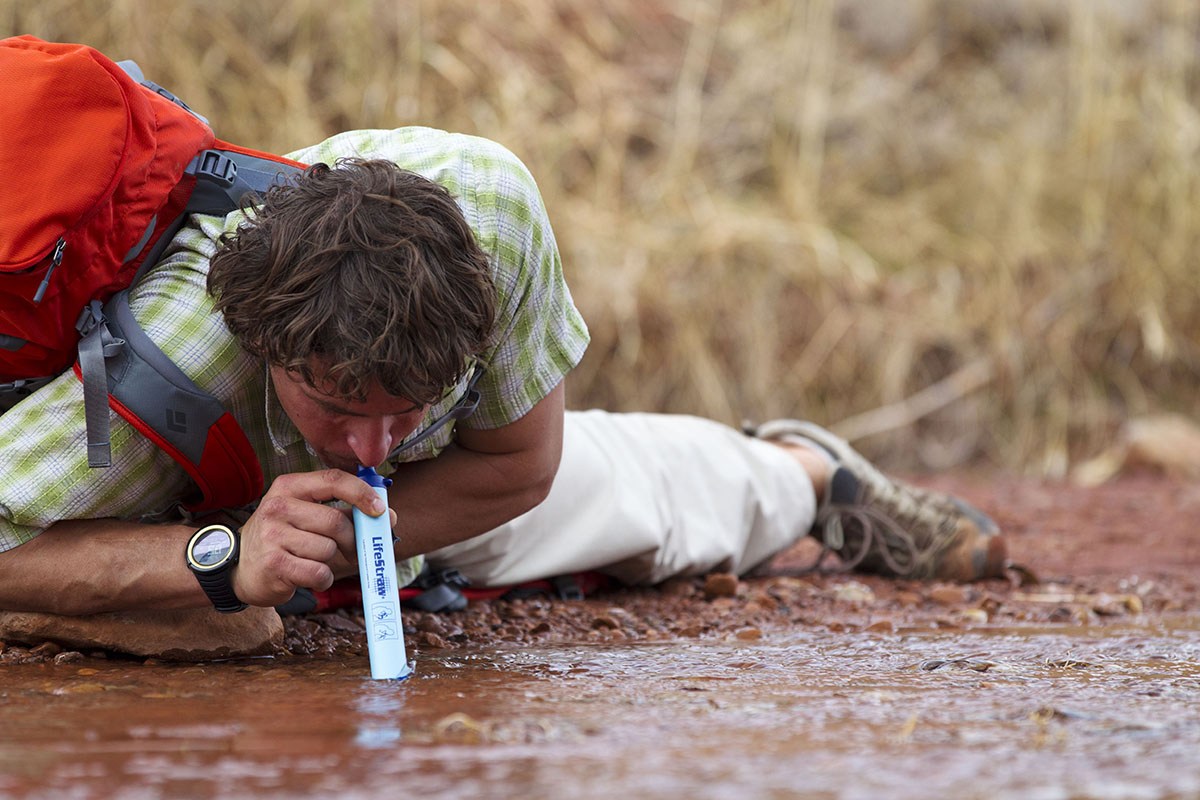
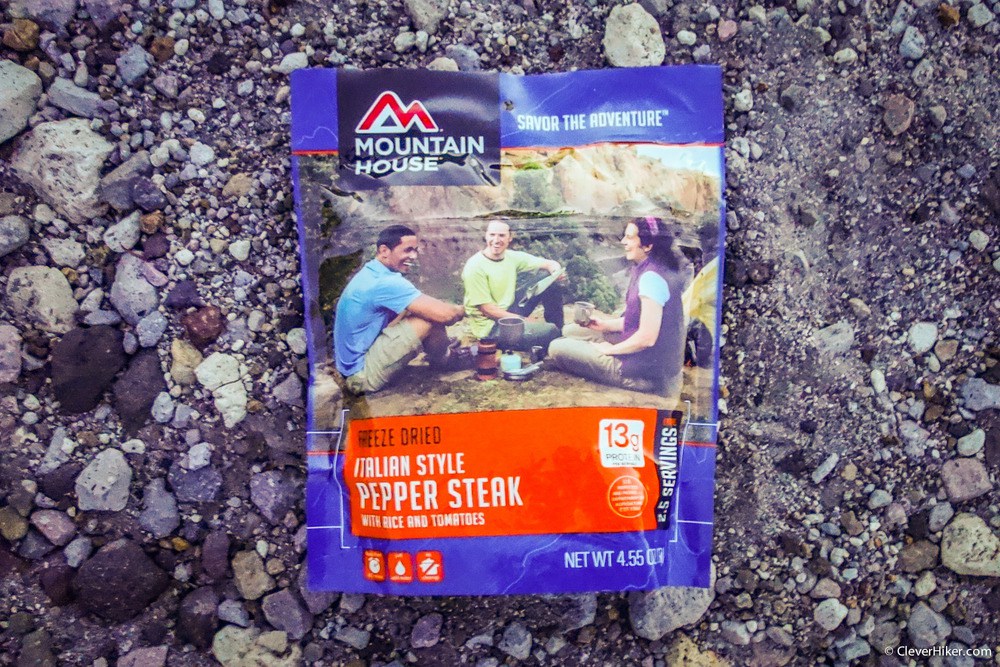
 No offense to the good-looking group pictured here, but preppers shouldn’t be buying these cheap bags expecting protection.
No offense to the good-looking group pictured here, but preppers shouldn’t be buying these cheap bags expecting protection.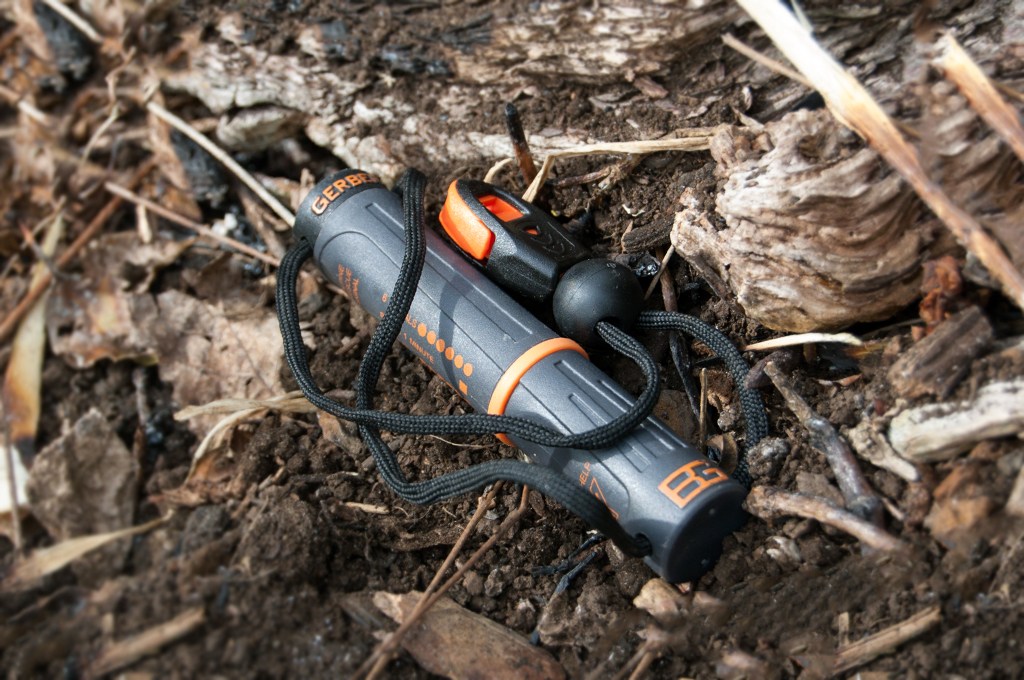
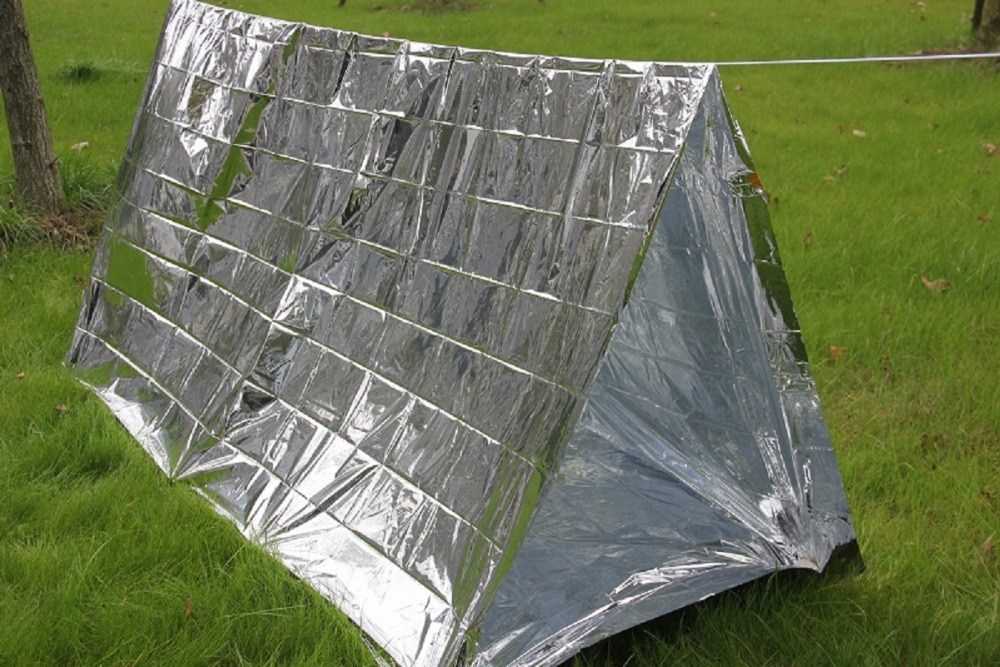 Keep the rain off you? Maybe? Sun? Yep. Will it keep you warm in cold climates?
Keep the rain off you? Maybe? Sun? Yep. Will it keep you warm in cold climates?
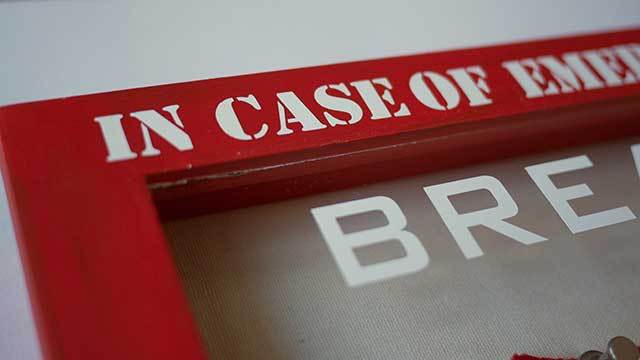 Make sure the location of this document is known. The last thing you need to do is hide the instructions from them, but don’t put this out in the open for anyone to read.
Make sure the location of this document is known. The last thing you need to do is hide the instructions from them, but don’t put this out in the open for anyone to read.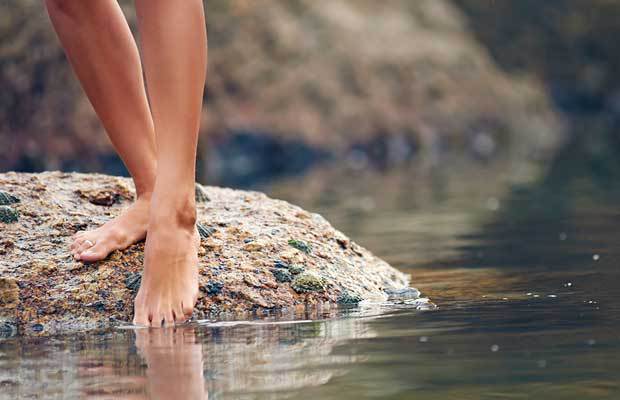
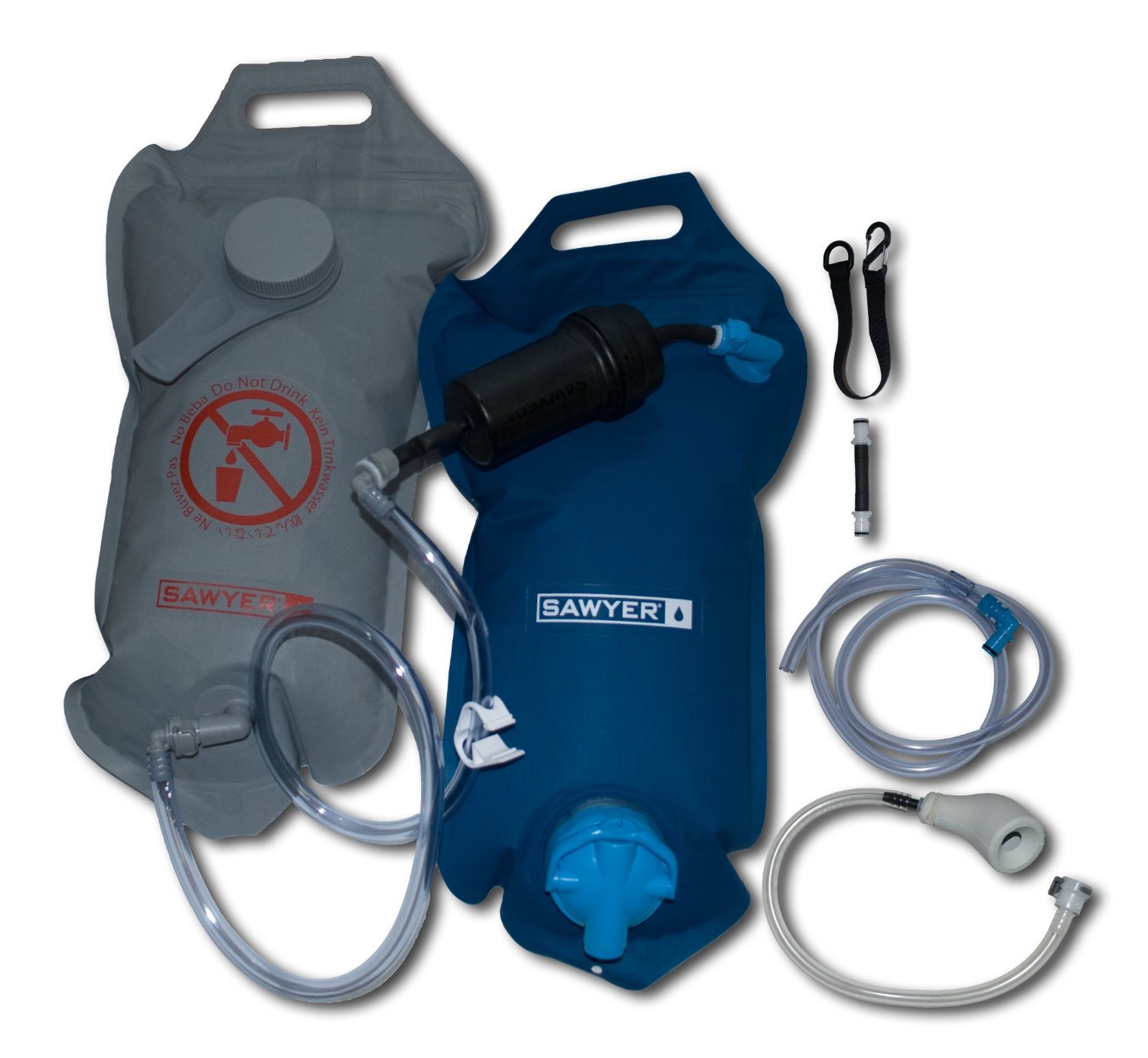
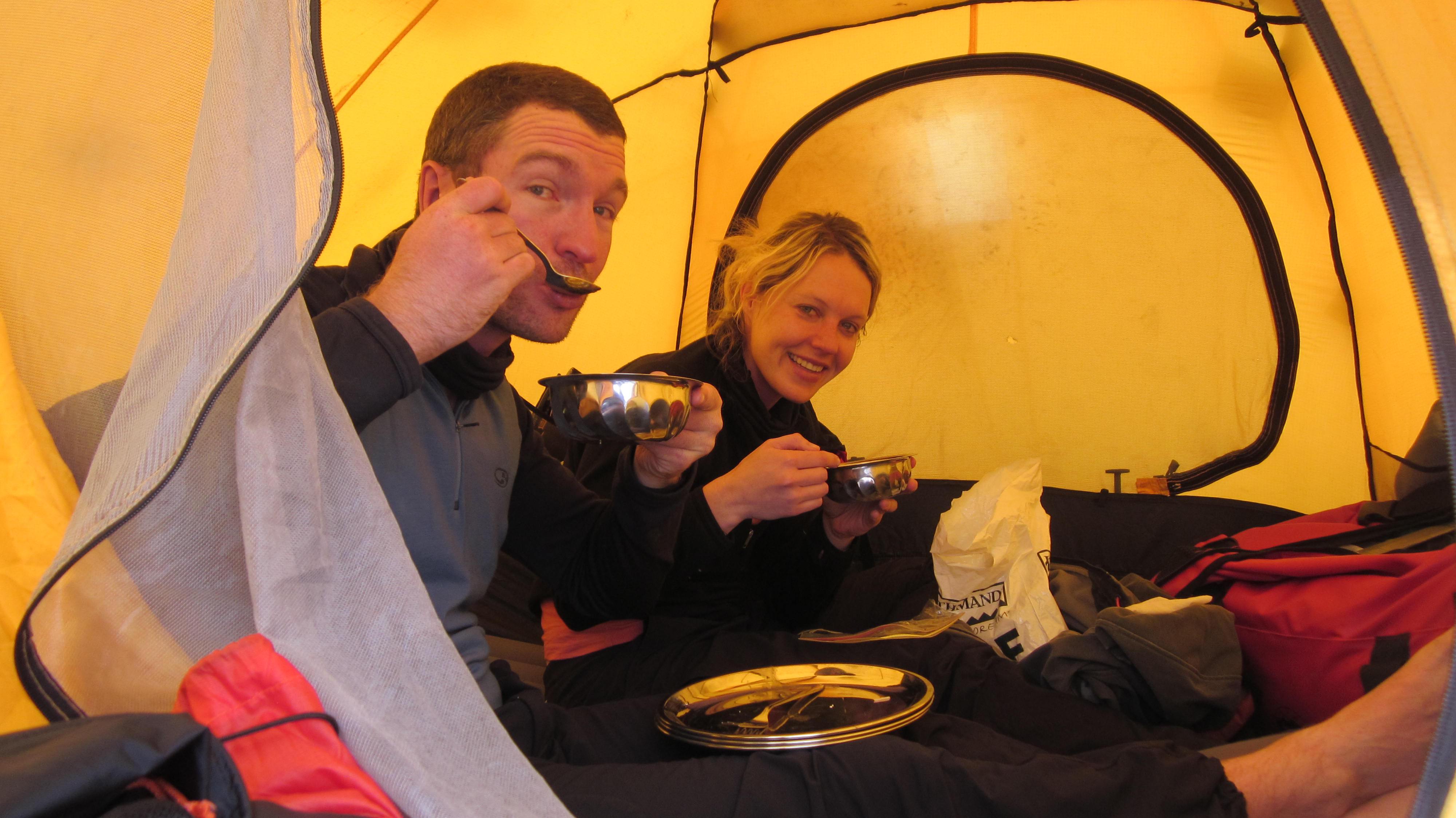 If the heat goes out, set up your own survival shelter. A tent indoors will trap your body heat and keep you warmer.
If the heat goes out, set up your own survival shelter. A tent indoors will trap your body heat and keep you warmer.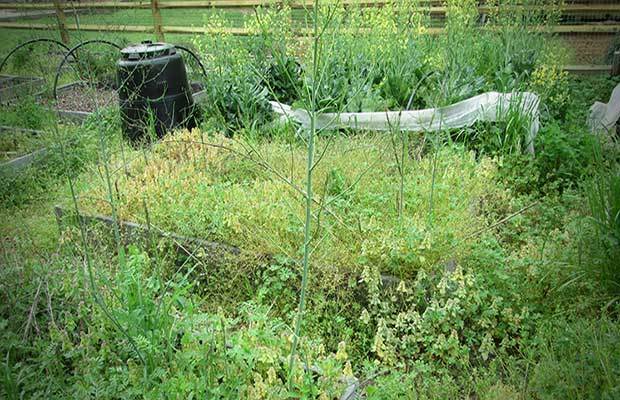
 Crab Grass
Crab Grass Dandelion
Dandelion Bermuda grass
Bermuda grass Bindweed
Bindweed Chickweed
Chickweed Ground Ivy
Ground Ivy Canada Thistle
Canada Thistle Burdock
Burdock Quack Grass
Quack Grass Johnson Grass
Johnson Grass



